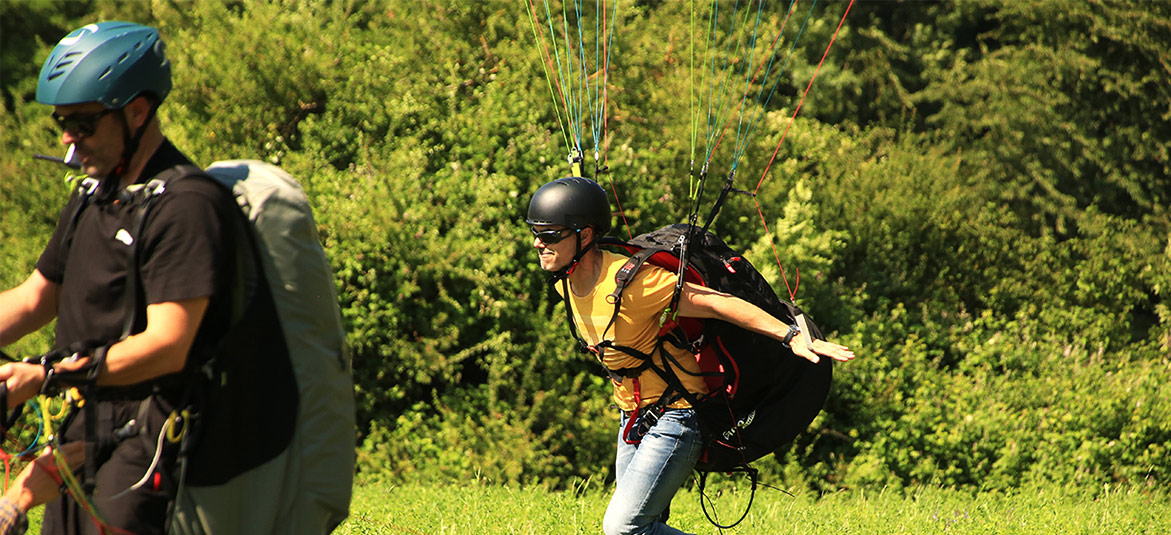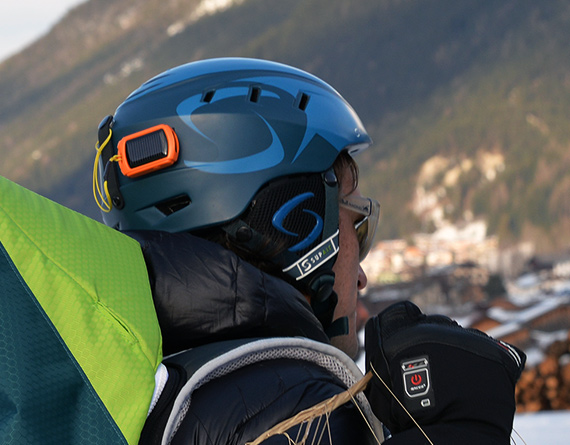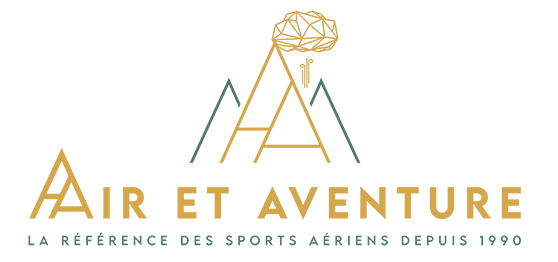Paragliding helmets : what equipment is right for paragliding ?


Paragliding is a unique experience that requires the right equipment to guarantee safety and comfort. Among the essential accessories, the paragliding helmet occupies a central place. In this article, we'll tell you all you need to know about choosing this essential piece of equipment.
IS IT COMPULSORY TO WEAR A HELMET WHEN PARAGLIDING ?
Although recommended, it is not compulsory to wear a helmet during a paragliding flight, unless the flight takes place under the following conditions :
- During an internship, use in a school...
- For passengers during a paragliding tandem flight
- In competition when the pilot participates
- In the event of a prefectoral decree
FULL-FACE OR OPEN-FACE HELMET : WHAT'S THE DIFFERENCE ?
The paragliding world is full of equipment choices, and among them is the decision between a full-face helmet and an open-face helmet. Each type of paragliding helmet has its advantages and disadvantages, suited to different situations and personal preferences. Let's take a look at the main distinctions to help you make the best choice for your purchase.
1 ) Protection :
-
Full-face helmet protection : As the name suggests, a full-face helmet offers complete coverage of the face. It protects not only the skull, but also the jaw and face against impacts and UFOs. For those seeking maximum protection, the full-face helmet is the ideal choice. It should be noted, however, that the helmet can give a feeling of “confinement”, and can also reduce the pilot's field of vision.
-
Open-face helmet protection : This type of helmet mainly protects the top and sides of the head. Although it offers less protection for the face, it is often considered lighter and more comfortable by paragliders.
2 ) Visibility :
-
Visibility of an open face helmet : It offers peripheral vision, essential for some pilots, especially in situations where visual communication with other pilots or a tandem passenger is required.
-
Open-face helmet protection : This type of helmet mainly protects the top and sides of the head. Although it offers less protection for the face, it is often considered lighter and more comfortable.
3 ) Comfort :
-
Full-face helmet comfort : Although some models are designed to be as light as possible, they can feel bulkier than their open-face counterparts. However, they offer better sound and heat insulation, which can be beneficial for those who prefer a quieter flying experience. They also provide
-
Comfort of an open-face helmet : More airy, this type of helmet offers better ventilation, ideal for hot days. The feeling of freedom it provides is often appreciated, enabling a better connection with the environment.
4 ) Aesthetics and style :
-
Full-face helmet look : These helmets have a modern look and are often chosen for their futuristic aesthetics. They are available in a variety of designs and colors to suit every pilot's personality.
-
Open face helmet aesthetic : With a more traditional aesthetic, these helmets evoke the classic charm of free flight, and are also available in a wide range of styles and colors.
In conclusion, the choice between a full-face helmet and an open-face helmet will depend on your priorities in terms of safety, comfort and aesthetics. Whatever you choose, make sure it complies with safety standards and is suited to your specific paragliding needs and body shape.
ESSENTIAL CRITERIA FOR CHOOSING YOUR HELMET
Size and fit of a paragliding helmet :
Size is everything. What's more, some helmets like the Neo Hexagon feature a size adjustment knob for precise, comfortable fit.
Paragliding helmet options and accessories :
Helmet options can vary. Some helmets, such as the Charly Loop helmet or the Supair Supairvisor, are equipped with a helmet visor to protect the eyes, while virtually all helmet models also feature removable ear pads to protect you from the cold.
Paragliding helmet certification :
Make sure your helmet is approved for air sports. An approved helmet offers maximum safety, in accordance with European directives NF EN 966.

WHAT'S THE BEST PARAGLIDING HELMET ?
There are many paragliding helmets on the market, offering different levels of protection and comfort. Your choice of paragliding helmet will depend on your personal preferences and needs.
-
Icaro Helmet : Icaro is one of the benchmark brands in paragliding. The Nerv 1/2 jet paragliding helmet is particularly appreciated for its modern, comfortable design.
-
Charly helmet : The charly vitesse helmet and charly loop helmet are popular choices among riders for their comfort and durability. The Charly speed is also very popular for its light weight.
-
Supair Helmets : Renowned for its harnesses and rescue equipment, Supair also offers comfortable modern helmets like the School ABS. In addition to being available in a range of colors, it's lightweight and equipped with an adjustment knob.
For a detailed comparison with all the stocks and options of each helmet, we recommend consulting specialized websites or our page on the best paragliding helmets.
HOW MUCH DOES A PARAGLIDING HELMET COST ?
The price of a paragliding helmet varies according to brand, options and level of protection offered. On average, a paragliding helmet can cost between 100 and 300 euros.
USED PARAGLIDING HELMET : YES OR NO ?
Buying a second-hand helmet is a great way to save money. However, it's crucial to check its condition and homologation. However, this is not the first option we would recommend, as you'll have absolutely no idea what the helmet has been through before.
In conclusion, a good paragliding helmet is a necessity not only for safety but also for comfort. Whether you opt for an Icaro, Charly or Supair model, make sure you make an informed choice based on your needs and budget.








